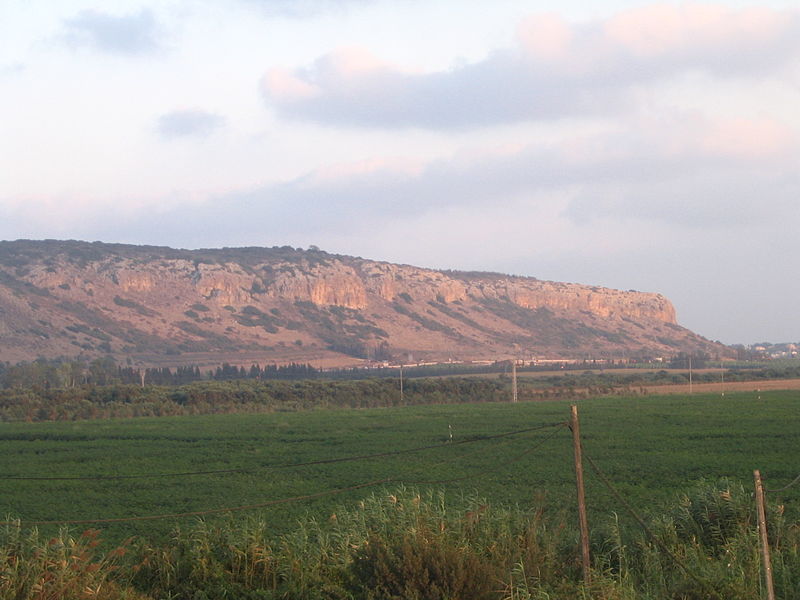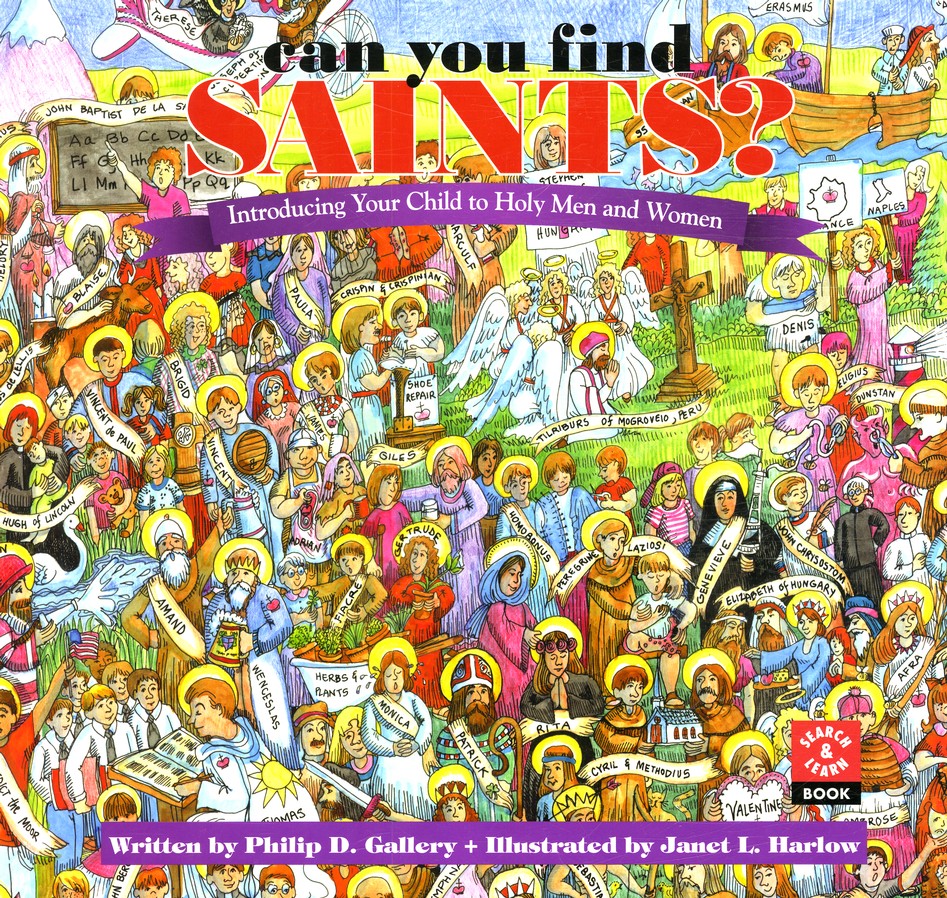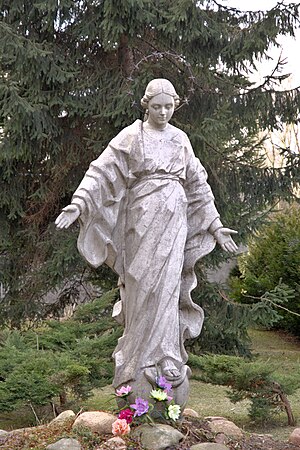I recently finished reading and posted my review of Christopher West’s recent book Fill These Hearts. That review can be found here. This was the first book of Christopher’s I have read, but I have known about his work for some time now and was very excited when he agreed to an interview on the book and his ministry on the Theology of the Body. Thanks Christopher for taking time out of your certainly busy schedule and sharing some answers with my readers! Continue Reading
Author: Monica @ Catholic Bloggers Network
Is your homeschool faith-based?

Teaching with homilies, not sermons
Big News at The Catholic Book Blogger
It has been a VERY busy and exciting two weeks for me. Immediately after the Mike Aquilina interview (read it here), site traffic went through the roof! That resulted in new publishers coming on board that I will be working with. These are all listed on the column to the right. Every one of the publishers on that list are fantastic and each offers great books for your spiritual enrichment. I encourage you to support as many of them as you can by visiting their websites, checking out their selections and making a purchase. Simply click on the publishers logo to be redirected there. I am currently reading Rebuilt by Fr. Michael White and Tom Corcoran. Continue Reading
What is Carmelite spirituality?

What is Carmelite spirituality? A couple of readers have asked me this question, and I assume several more have wondered and not asked. So I’m going to write this as a post (for maximum visibility and readership), then make it a permanent page soon.
Carmelite spirituality stems from the teaching and lifestyle of one of the oldest surviving religious orders in the Catholic Church. Like the Franciscans, Jesuits, Dominicans, and others, the Carmelites have a particular way of living out the faith, which has been approved by the Church. St. Therese of Lisieux, one of the best-beloved saints of our age, was a Carmelite nun.
From ancient Mt. Carmel to medieval EuropeIn the 12th century, a group of Christian hermits settled on Mt. Carmel, where the prophet Elijah had once lived in a cave. St. Albert of Jerusalem wrote a rule of life for them to follow. They built a monastery and came together for prayer, but each lived in his own cell. They dedicated their oratory to Mary, becoming known as the Brothers of the Blessed Virgin Mary of Mt. Carmel.
As always, tensions were high in the Middle East at this time. Soon the Carmelite brothers left the Holy Land for Europe. There they assumed an active life–that is, living and working in the world. Blessed John Soreth established the Carmelite nuns in 1452. The Third Order, for seculars, began two centuries later.
Win a free book for a first communicant or other child!

CatholicFamilyGifts.com offered me a free first-Communion gift to review and give away to one of my readers. Since my boys are currently interested in hidden picture books, I chose Can You Find Saints?: Introducing Your Child to Holy Men and Women. After the review, I will tell you how can enter to win this book.
Can You Find Saints? is one in a series of four books by Philip D. Gallery. The series also includes Can You Find Jesus?, Can You Find the Followers of Jesus?, and Can You Find Bible Heroes? Janet L. Harlow illustrated all four books. They combine hide-and-seek fun with learning about the faith.
Given the cover and the genre, I was prepared for cartoon illustrations similar to the Where’s Waldo? series. Harlow provides more than that. The inside front and back covers contain a parchment-like timeline of saints, beginning with Abraham. “Search 1: Mary Lives a Life of Perfect Virtue” delighted me with its depiction of the mysteries of the Rosary and approved Marian apparitions, encircling a Renaissance Madonna and Child. A version of Michelangelo’s Creation of Adam above St. Peter’s Basilica forms the background for “Search 7: Saints Who Were Popes.”
You can be holy today
 There seems to be a dilemma in the spiritual life. We want to do great things for God, but we are caught up in the little tasks of everyday life. We think holiness must wait until some future time: when the kids are grown up, when the job is less demanding, when we retire, when we can go on retreat. But if, as Vatican II taught, holiness is meant for everyone, shouldn’t it be accessible in every circumstance? How can we become holy now?
There seems to be a dilemma in the spiritual life. We want to do great things for God, but we are caught up in the little tasks of everyday life. We think holiness must wait until some future time: when the kids are grown up, when the job is less demanding, when we retire, when we can go on retreat. But if, as Vatican II taught, holiness is meant for everyone, shouldn’t it be accessible in every circumstance? How can we become holy now?
Although some saints have been martyrs, missionaries, or miracle workers, others have been parents, kings and queens, businessmen, and even children. How did they become great? Through “abandonment to divine providence” as Fr. Jeanne-Pierre de Caussade called it.
Don’t let the big words confuse you. This is simply the “Little Way” of St. Therese of Lisieux, who said that even when she picked an object off the floor, she did it out of love for God. Likewise, Blessed Teresa of Calcutta said, “We must do little things with great love.” This practice has also been called “the sacrament of the present moment.”
Pope Francis on Pastoring
Yertle in Babylon
 This post is part of an occasional series called Finding God in Children’s Literature, in which I look at children’s books in light of the Bible and Sacred Tradition. All correlations between these books and the Christian faith are my own insights, unless otherwise noted. You may quote me or link to these posts, but please do not re-blog them or use these ideas as though they were your own. Thank you.
This post is part of an occasional series called Finding God in Children’s Literature, in which I look at children’s books in light of the Bible and Sacred Tradition. All correlations between these books and the Christian faith are my own insights, unless otherwise noted. You may quote me or link to these posts, but please do not re-blog them or use these ideas as though they were your own. Thank you.
Yertle the Turtle by Dr. Seuss is the story of a proud and power-hungry reptile. He starts out as king of a pond of turtles. Unsatisfied with that, he commands his subjects to stand on one another’s’ shells in a stack, while he climbs to the top. The stack of turtles keeps growing, despite the protests of the turtle on the bottom, named Mack. Yertle believes he is king of all he can see, so the higher his throne of turtles goes, the more powerful he becomes. Eventually, he over steps and the stack of turtles collapses. At last, Yertle is only King of the Mud.
Theodore Geisel, who is better known to the world as Dr. Seuss, was a political cartoonist before he began writing children’s books. He later said he meant Yertle the Turtle as a condemnation of Hitler. But there is a much more ancient culture than Nazi Germany that had striking similarities to Yertle’s kingdom–Babylon.
Calling all Catholic spirituality bloggers!
 Do you blog primarily on Catholic spirituality? Not a blog on Catholic doctrine or apologetics, politics, book reviews or a “Mommy blog”–but one focused on helping your readers grow closer to Christ? I have not been able to find an exclusive list of spirituality links, so I decided to create one. Send me an email at crossini4774 at comcast dot net to have your blog listed here.
Do you blog primarily on Catholic spirituality? Not a blog on Catholic doctrine or apologetics, politics, book reviews or a “Mommy blog”–but one focused on helping your readers grow closer to Christ? I have not been able to find an exclusive list of spirituality links, so I decided to create one. Send me an email at crossini4774 at comcast dot net to have your blog listed here.
See more details on the requirements first.



